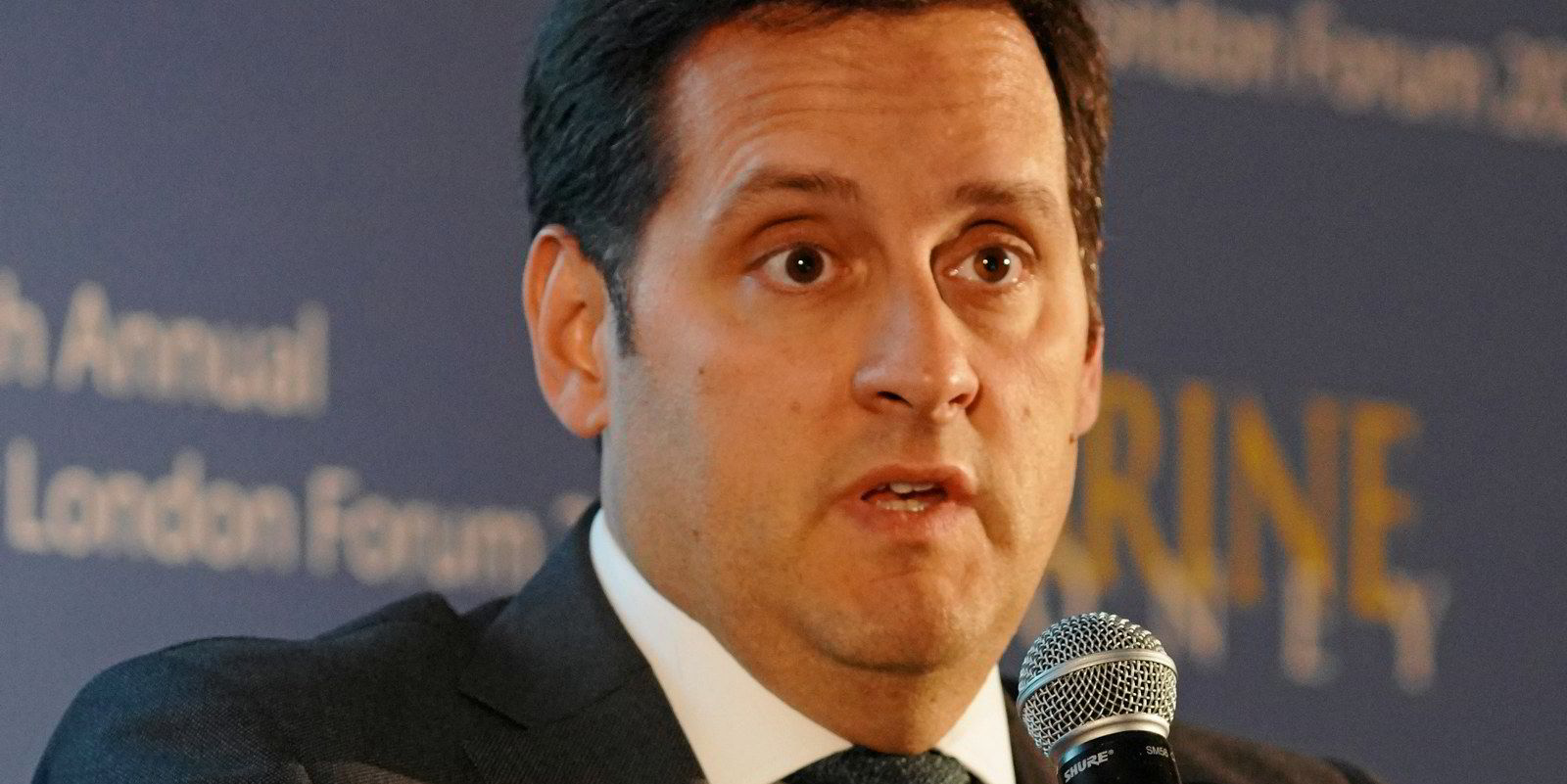Chinese crude buying power is likely to drive continuing rate rises for tankers over the next two years, according to Clarksons Securities.
The investment bank has raised dirty tanker earning projections across the board on Monday.
Analysts Frode Morkedal and Even Kolsgaard argue that, despite looming recessions, Chinese demand and the energy crisis will support both oil and the tankers that carry it.
“World oil demand would generally be reduced during a recession; however, this current recession is being caused in part by an energy crisis, which is triggering a large-scale shift from natural gas to oil,” they said.
“Furthermore, we believe China is moving in the opposite direction of the rest of the world by lowering interest rates and stimulating the economy,” they added.
Chinese crude oil imports should lift VLCC tonne-miles “considerably” in 2023, the analysts believe.
Clarksons Securities has upped VLCC spot rate forecasts for 2023 to $70,000 per day, and $90,000 in 2024.
This is up from previous estimates of $47,000 and $61,000.
Modern ships fitted with scrubbers could average $96,000 per day in two years’ time, the investment bank calculates.
VLCC spot rates are above $69,000 per day now, up more than 80% in a month.
Distances to grow again
Trading distances for the fleet averaged 7,500 nautical miles globally between 2018 and 2021, according to Clarksons’ vessel tracking data.
However, this figure fell 14% to 6,500 nautical miles in the first eight months of 2022, with reduced Chinese imports from the Atlantic basin the primary cause, the company said.
“We estimate that China’s imported crude oil travelled more than 9,000 nautical miles on average in 2021, but has reduced to 8,300 nautical miles so far in 2022, representing an 8% decline,” the analysts said.
Volumes are down 0.5m barrels per day or 5% so far in 2022.
Lockdowns have reduced refinery runs and the higher Brent price compared to Dubai crude provided little motivation to import long-haul barrels.
But Brent has fallen to a modest discount to Dubai so far in September, which is increasing Chinese refinery demand for Atlantic barrels, Clarksons Securities said.
“Looking ahead, we believe that, all else being equal, a recession in Europe and the US might keep pressure on Atlantic crude pricing,” the analysts added.
EU ban is a factor
And the European Union’s embargo on Russian crude may result in additional support for longer trips in 2023, they believe.
“A substantial increase in crude oil imports to China is likely in the coming year, which should improve earnings for VLCCs and also boost product tankers due to an increase in refined petroleum exports,” Morkedal and Kolsgaard said.
The investment bank is forecasting suezmax rates to reach $50,000 per day next year, and then $58,000 in 2024.
This compares to $32,000 estimated for the whole of 2022.
Aframaxes could hit $45,000 per day in 2024, before dropping back to $42,000. The 2022 estimate is $35,000 per day.






